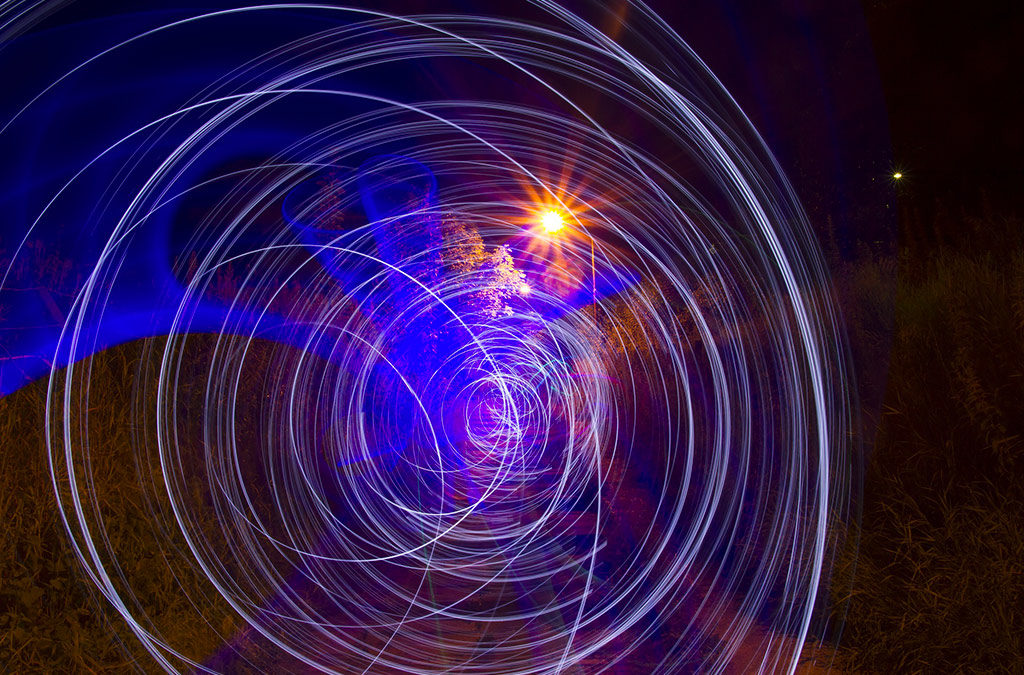Cells Tissues Organs 2008; 188:320 – 329
By Carla Stecco, Andrea Porzionato, Veronica Macchi, Antonio Stecco, Enrico Vigato, Anna Parenti, Vincent Delmas, Roberto Aldegheri, Raffaele De Caro.
March 19, 2008
Abstract
Background/Aims: The aim of this study was to analyse the relationships between the expansions of the pectoral girdle muscles, i.e. pectoralis major, latissimus dorsi and deltoid, and the brachial fascia.
Methods: Thirty shoulder specimens from 15 unembalmed adult cadavers were studied by dissection and in vivo radiological studies were performed in 20 patients using magnetic resonance (MR) imaging.
Results: The clavicular part of the pectoralis major muscle sent a fibrous expansion onto the anterior portion of the brachial fascia, its costal part onto the medial portion and medial intermuscular septum. The latissimus dorsi muscle showed a triangular fibrous expansion onto the posterior portion of the brachial fascia. The posterior part of the deltoid muscle inserted muscular fibres directly onto the posterior portion of the brachial fascia, its lateral part onto the lateral portion and the lateral intermuscular septum. In MR images, the brachial fascia appeared as a low-signal-intensity sinuous line of connective tissue, sharply delineated in T 1 -weighted sequences.
Conclusion: The expansions of the pectoral girdle muscles onto the brachial fascia were present in all the sub-jects and showed a quite constant course with a specific spatial organization. During the various movements of the arm, these expansions stretch selective portions of the brachial fascia, with possible activation of specific patterns of fascial proprioceptors.
Full text at: https://goo.gl/1swDuR ; doi: 10.1159/000121433

